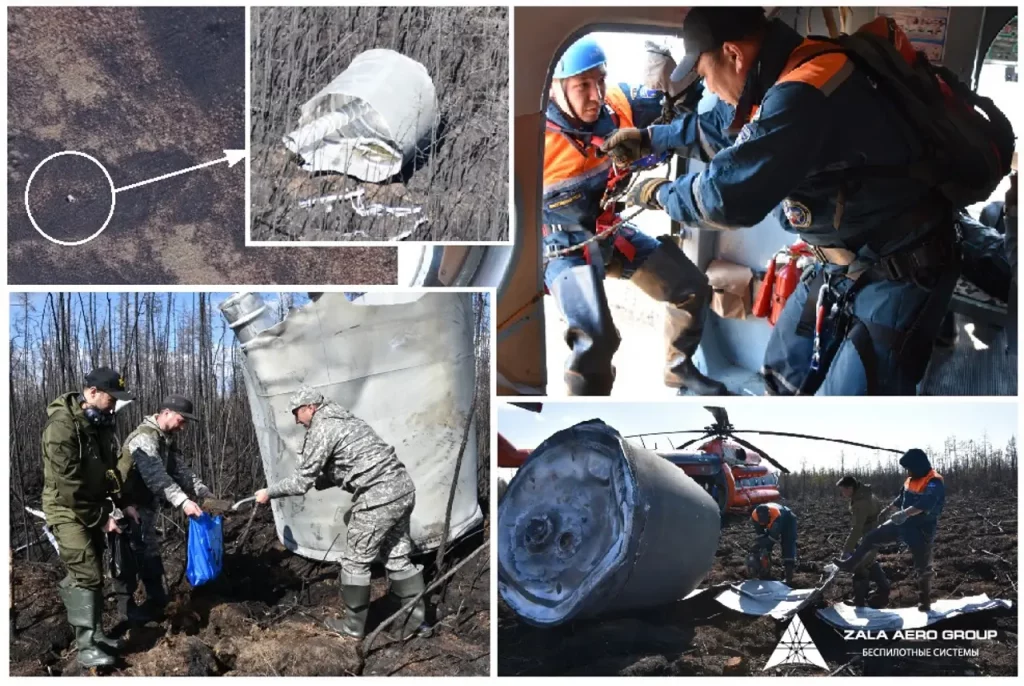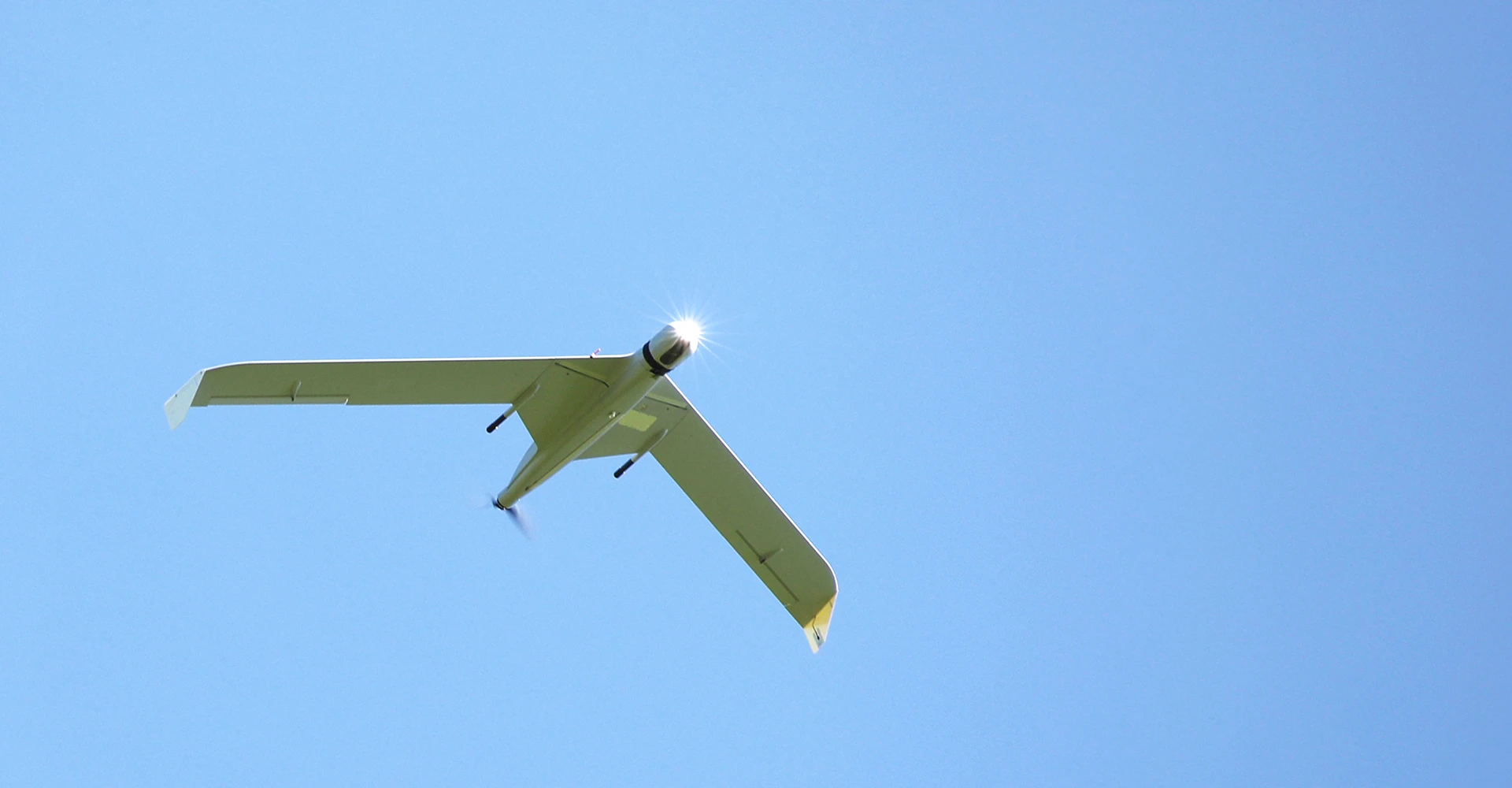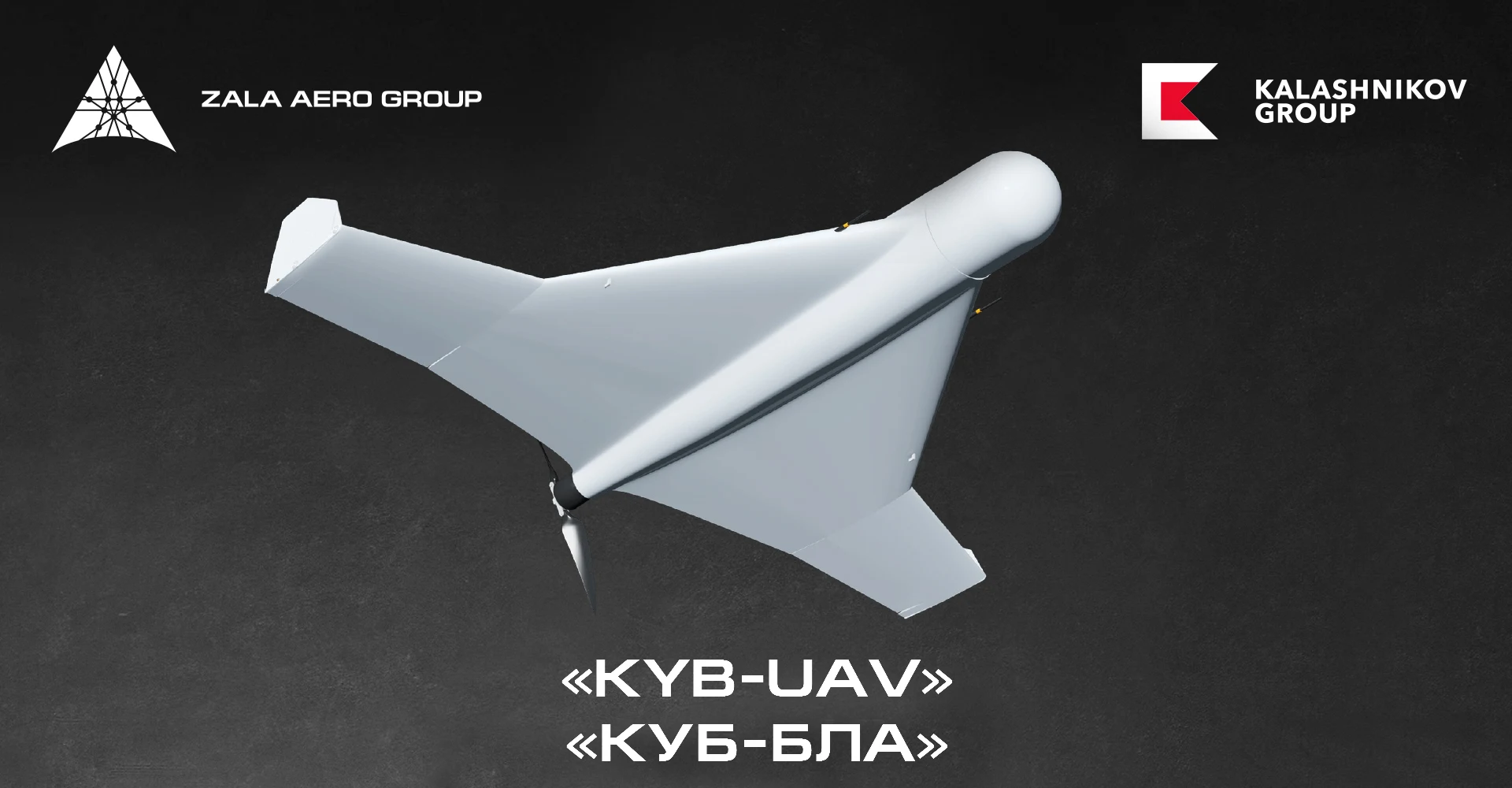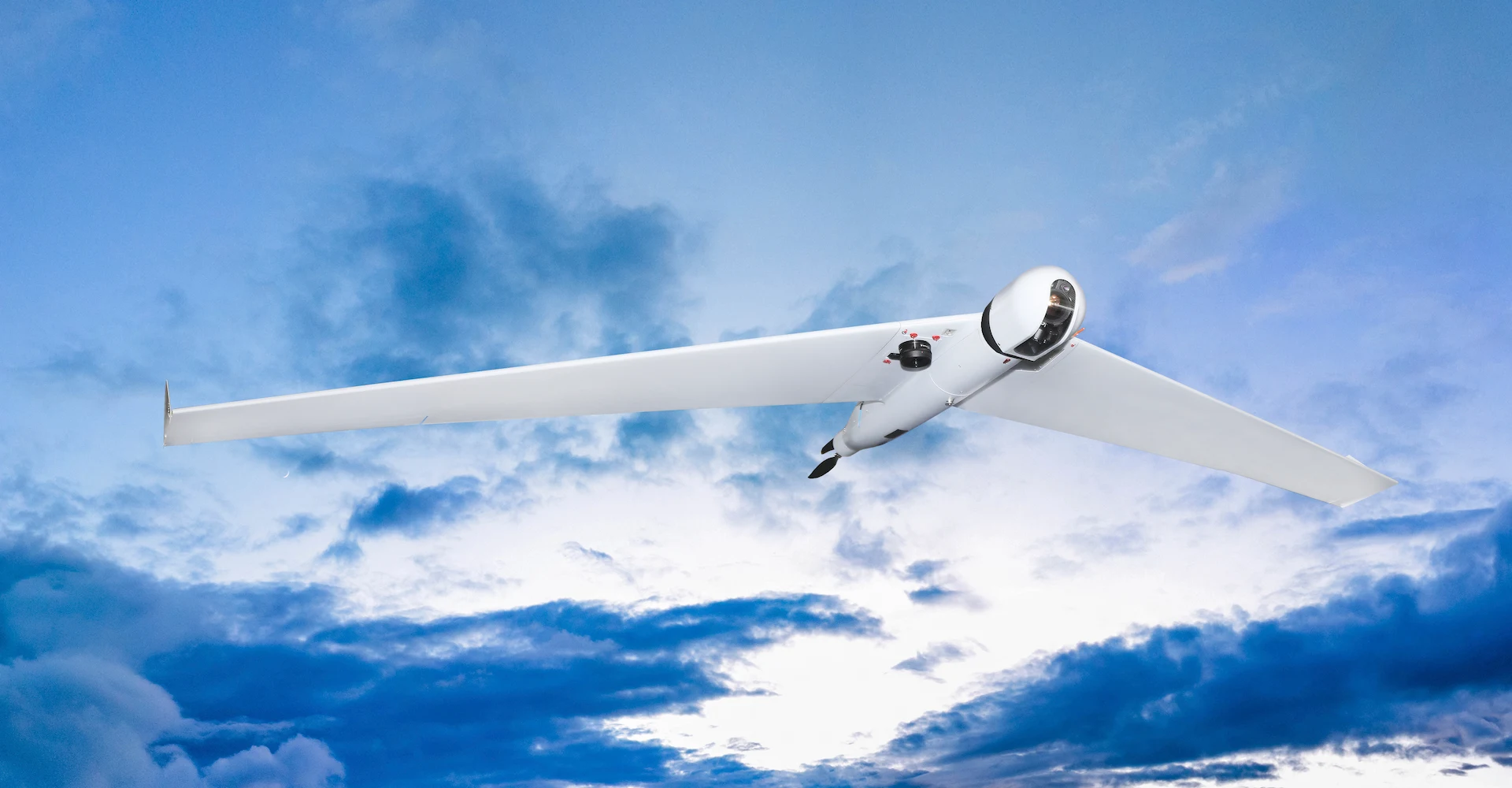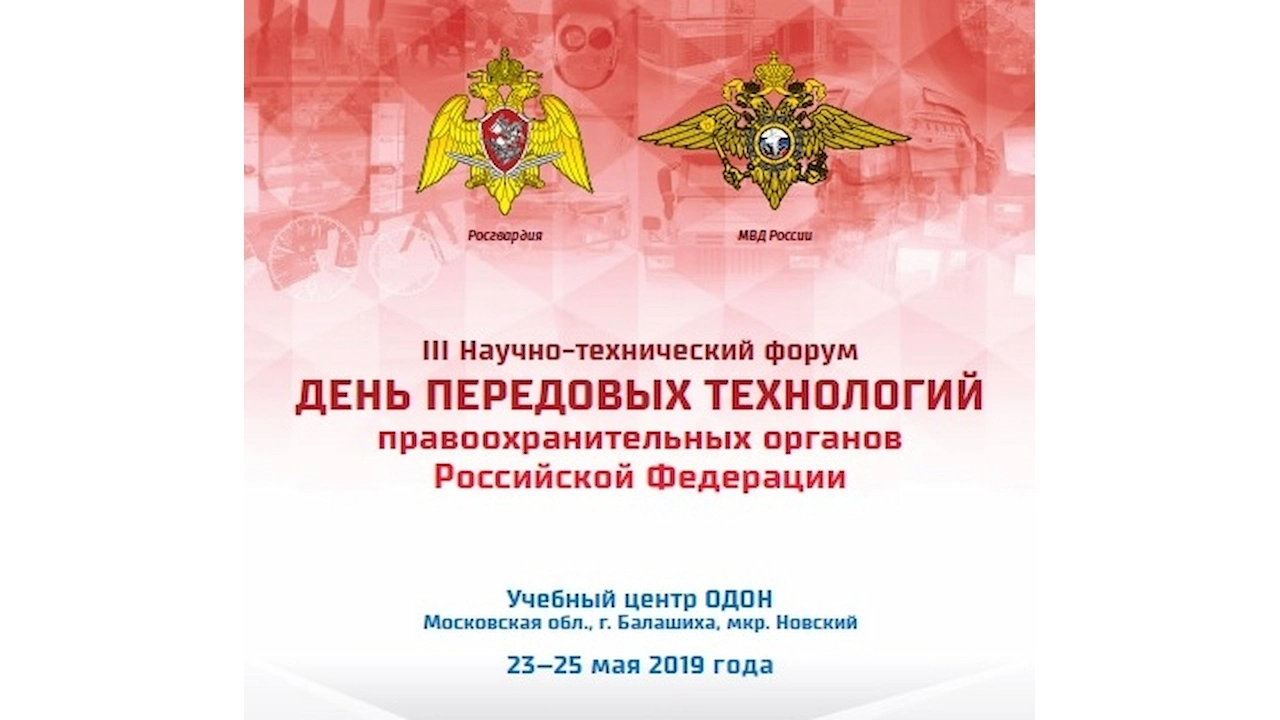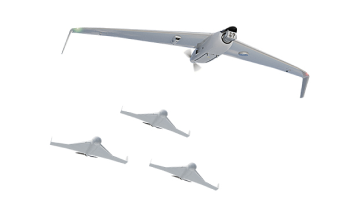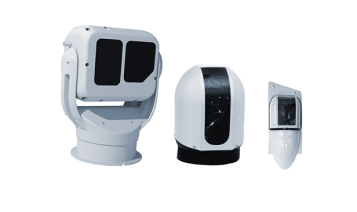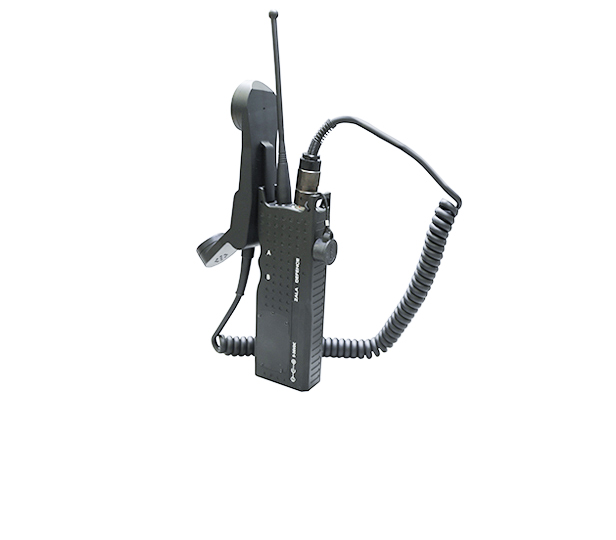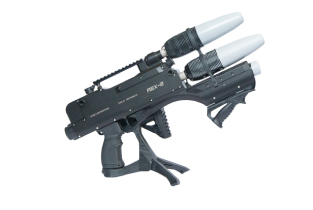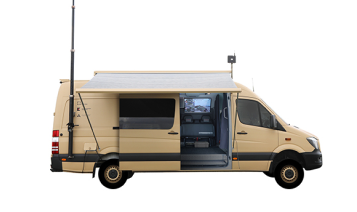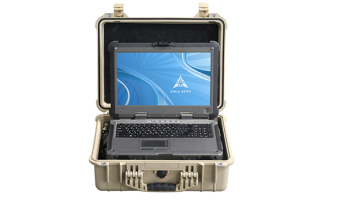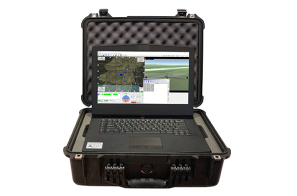ZALA ballistic missile launcher finds separating parts of Soyuz-2 launch vehicle
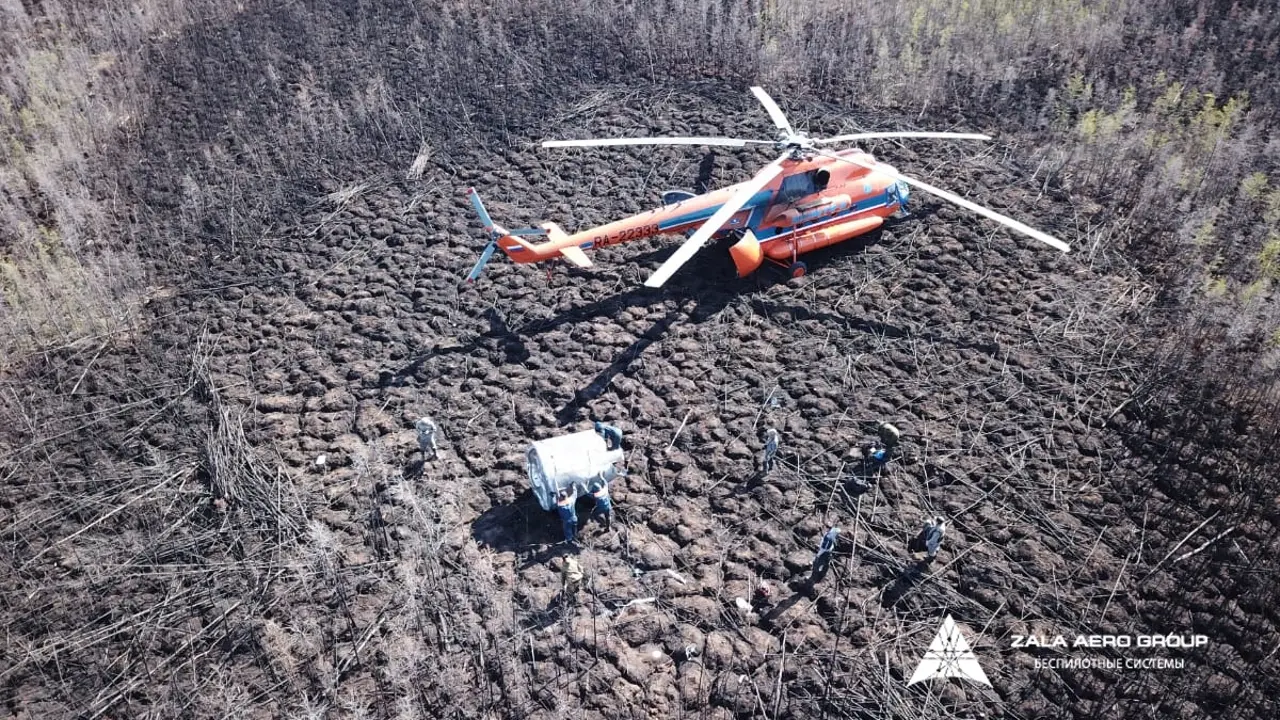
Fragments of Soyuz-2 LV separating parts were detected in the impact area (RP 985) located in the Vilyuysky, Verkhnevilyusky and Zhigansky uluses of the Republic of Sakha (Yakutia) using ZALA unmanned systems. All detected fragments of the booster were evacuated from the territory of RP 985 by the air search team using a MI-8 helicopter.
On 15 May, the ZALA search team as part of a working group led by specialists from FSUE TsENKI arrived at the area of the CR impact, which is 180 km from the town of Vilyuysk. The specialists surveyed the area using an unmanned system ZALA 421-16E with an HD video camera and a photo camera on board.
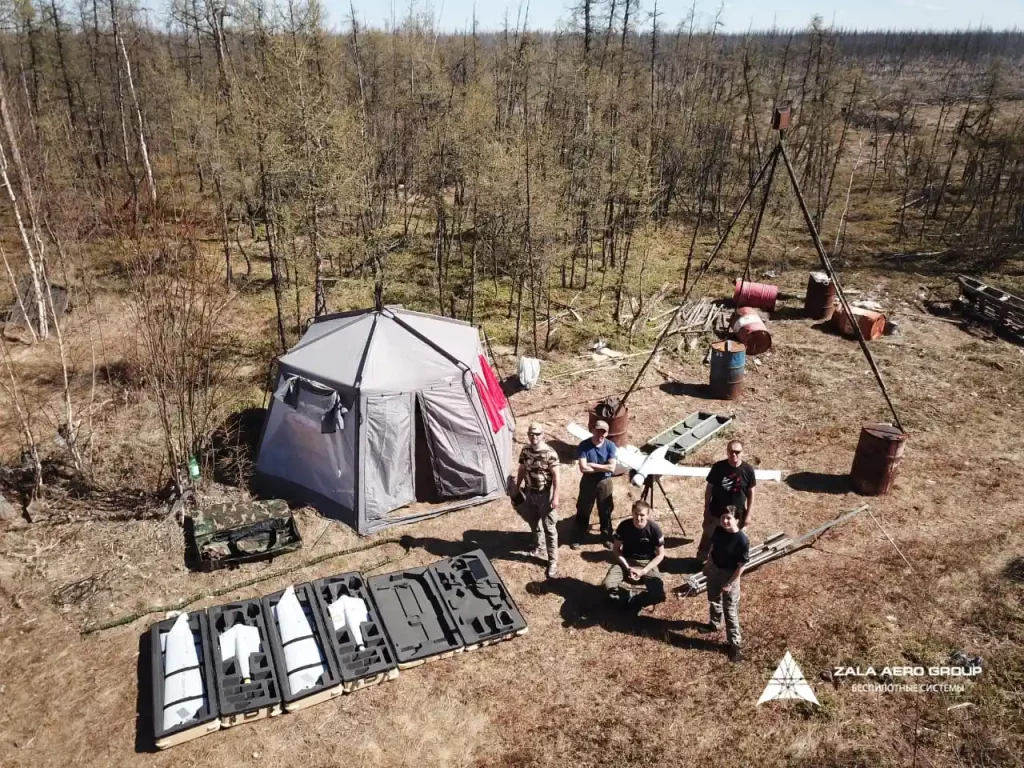
According to the data from the radar, which in the air records the coordinates of the CR, the search area was determined. The total area was 706 square kilometres, most of which was impassable forest, so it was impractical to use ground equipment.
The most effective tactic proved to be the use of area photography with subsequent interpretation and georeferencing of the detected targets. To increase the efficiency of the search, several flights were initially made with area photography using the targets received from the radar within a radius of 2 km, followed by interpretation. After express interpretation and detection of objects similar to the LVs, an air search team on a MI-8 helicopter started working in parallel, which confirmed the detection of the LVs and started their evacuation.
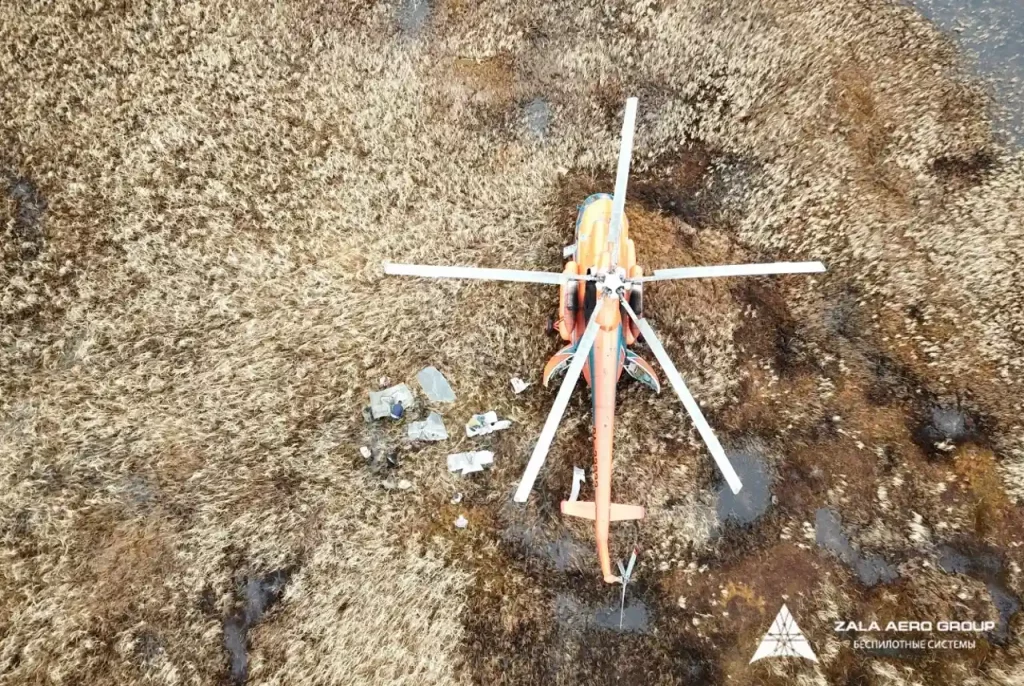
After that, an aerial photograph of the entire search area, a circle with a radius of 15 kilometres, was taken. On the high-resolution images, the decipherer marked all the objects that looked like LVs and entered their coordinates into the report. A total of 32,296 photos were taken and 20 flights with a total duration of 55 hours were performed.
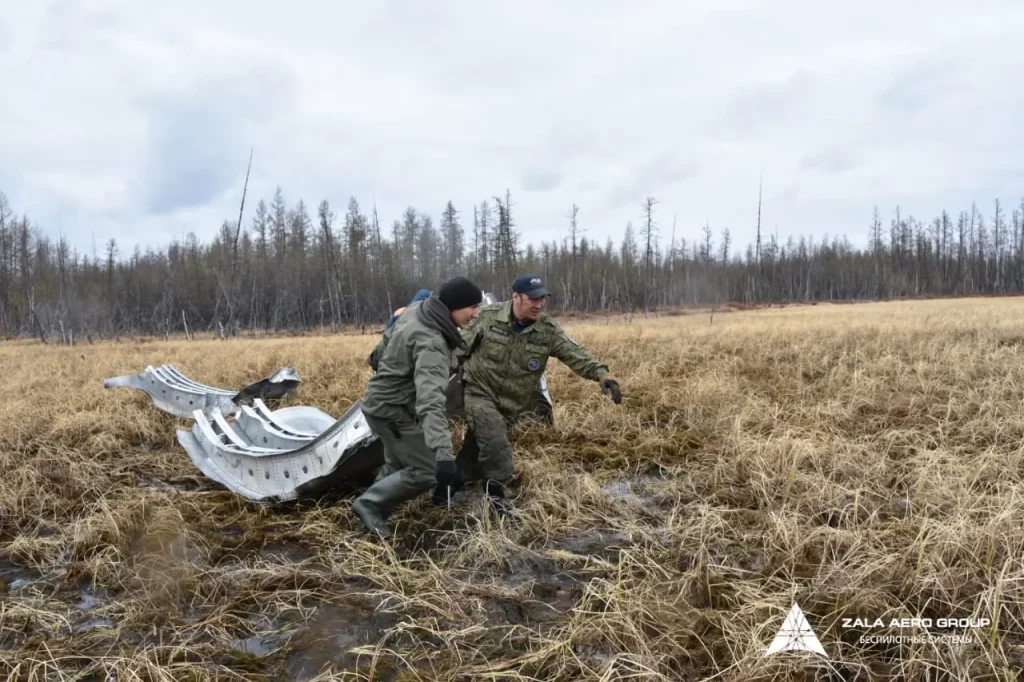
At the site where the fragments were found, ecologists from the "Republican Information and Analytical Centre for Environmental Monitoring", the Vilyui Nature Protection Inspectorate and the Institute of Environmental Protection of the Siberian Branch of the Russian Academy of Sciences took soil samples for chemical analysis. The measurements showed that the gamma radiation dose rate at the fragments' location does not exceed the background values for the area.
ZALA AERO has been cooperating with Roscosmos State Corporation (TsENKI) since 2016. During this time, ZALA unmanned systems have proven their efficiency. Unmanned aviation has made it possible to reduce the cost of search activities, shorten the time to detect booster boosters, and minimise the human impact associated with the use of helicopters to search for booster boosters.
